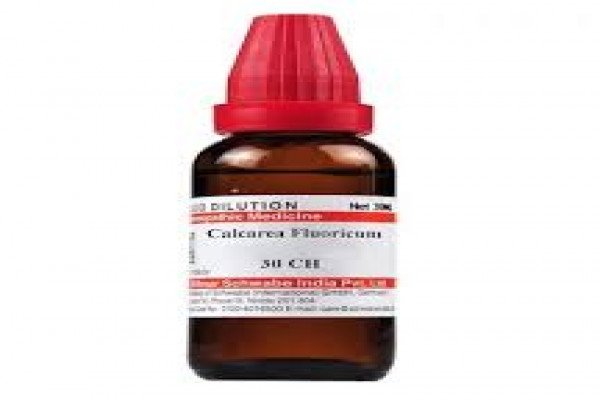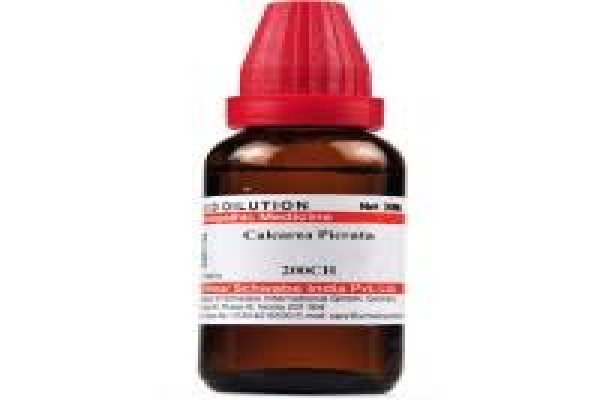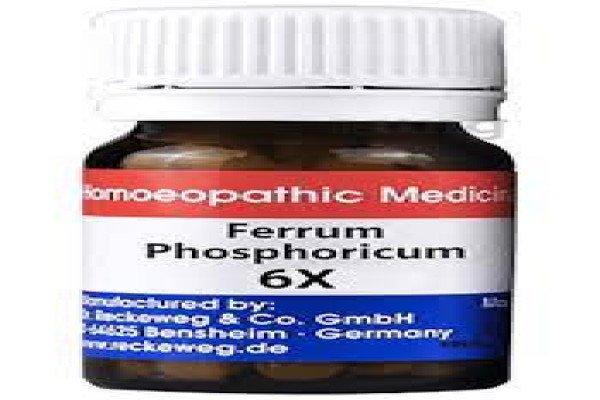 Welcome
Welcome
“May all be happy, may all be healed, may all be at peace and may no one ever suffer."
Stye - Homeopathic remedies
A stye, also known as a hordeolum, is a small, painful lump that forms on the edge of the eyelid. It is typically caused by an infection of the oil glands in the eyelid and can be quite uncomfortable.
Symptoms of a Stye:
- Redness and swelling on the edge of the eyelid
- Tenderness and pain around the affected area
- A small bump or lump on the eyelid
- Discomfort or irritation when blinking
Causes of a Stye:
Styes are usually caused by an infection of the oil glands in the eyelid. The infection can be caused by bacteria, such as Staphylococcus aureus, that live on the skin and can enter the gland through a hair follicle. Certain factors can increase your risk of developing a stye, including:
- Poor eyelid hygiene
- Touching or rubbing your eyes with dirty hands
- Sharing cosmetics or eye makeup with others
- Wearing contact lenses for long periods of time
- Chronic blepharitis (inflammation of the eyelid)
Treatment of a Stye:
Most styes will resolve on their own within a few days to a week. However, there are some steps you can take to help speed up the healing process and reduce discomfort:
- Apply a warm compress to the affected eye for 10-15 minutes, 3-4 times a day. This can help to reduce swelling and encourage the stye to drain.
- Avoid touching or rubbing the affected area, as this can spread the infection to other parts of the eye.
- Practice good eyelid hygiene by gently washing your eyelids with a mild soap and warm water.
- Avoid wearing contact lenses or eye makeup until the stye has completely healed.
In some cases, your healthcare provider may prescribe antibiotic eye drops or ointments to help clear up the infection more quickly. If the stye is particularly large or painful, it may need to be drained by a healthcare professional.
Prevention of a Stye:
To reduce your risk of developing a stye, it is important to practice good eyelid hygiene and avoid sharing cosmetics or eye makeup with others. Additionally, avoid touching or rubbing your eyes with dirty hands and try to minimize the use of contact lenses or wear them for shorter periods of time. If you have chronic blepharitis, it is important to follow your healthcare provider's treatment plan to help prevent future styes.

Delayed menstruation

Crocodile dreams
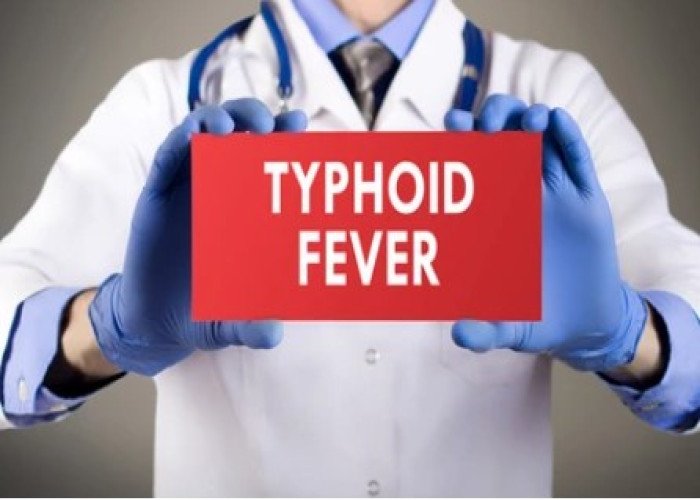
Typhoid fever
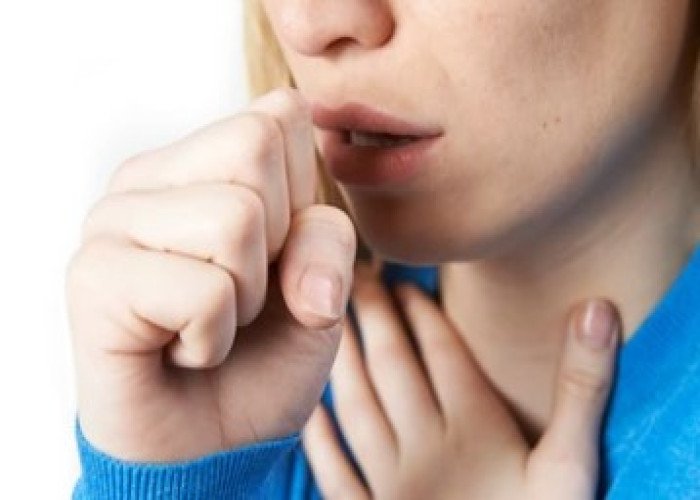
Cough
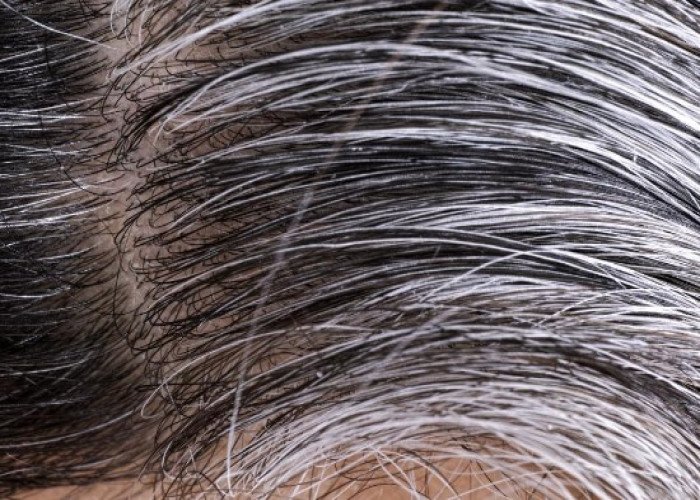
Premature hair ripe

Skin is thick
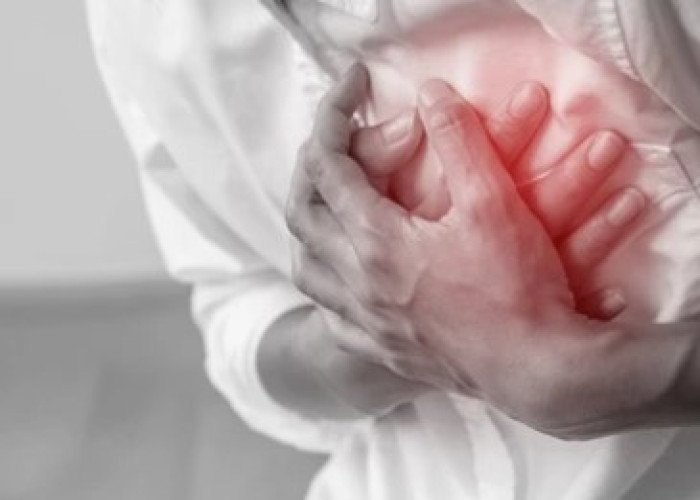
Heart failure

Diabetes
Stye, অঞ্জনি
To be happy, beautiful, healthy, wealthy, hale and long-lived stay with DM3S.
